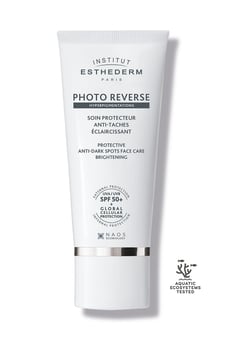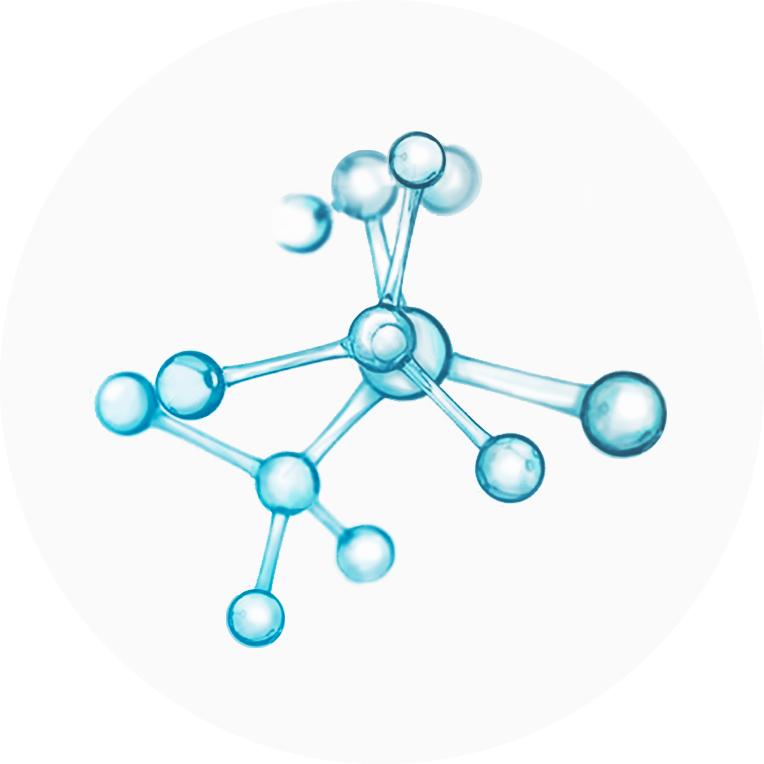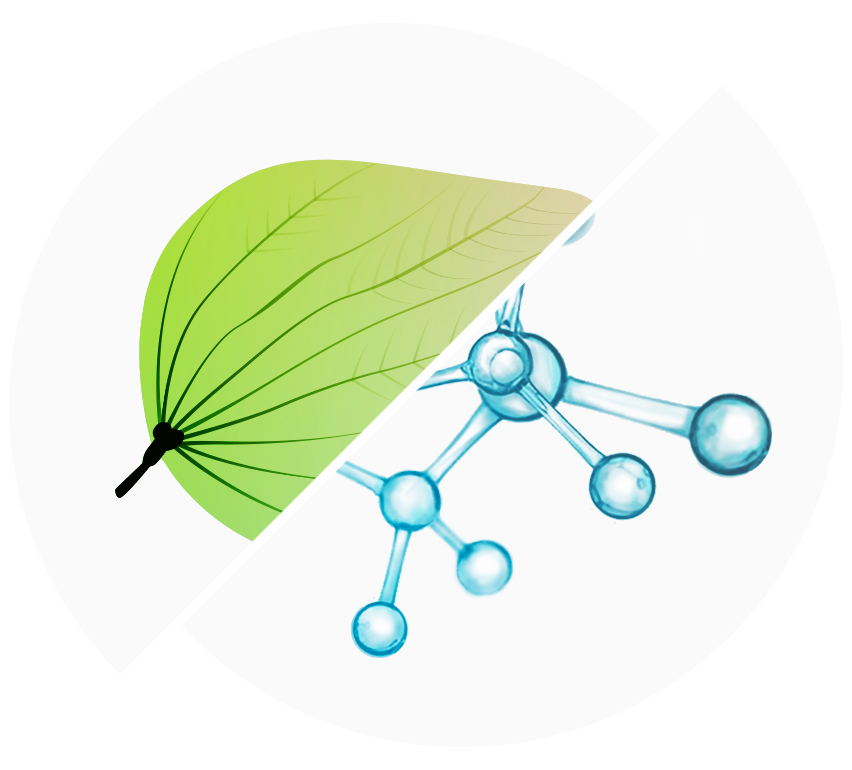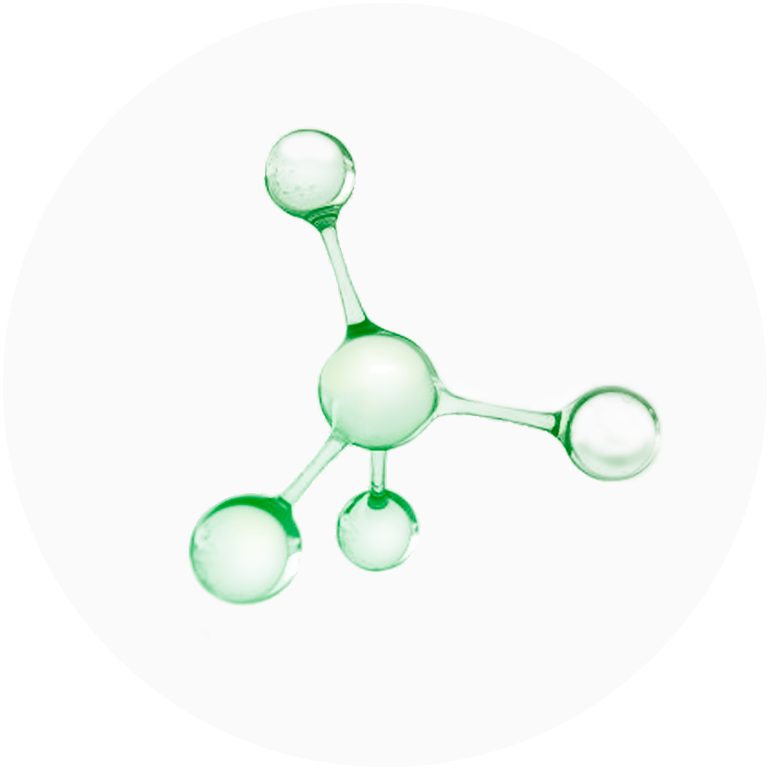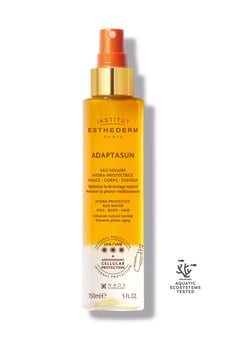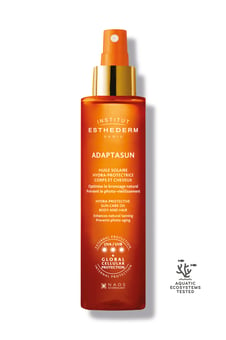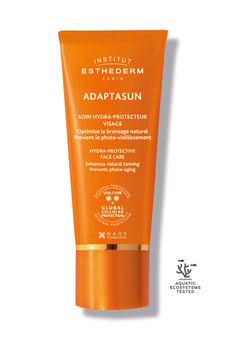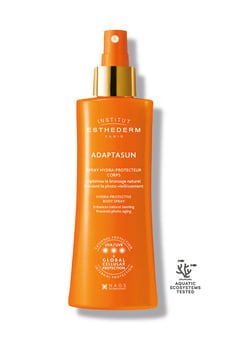Photo reverse Soin protecteur anti-taches éclaircissant - Très haute protection SPF50+
INSTITUT ESTHEDERM
Institut Esthederm Photo reverse Soin protecteur anti-taches éclaircissant - Très haute protection SPF50+
Suncare Face, Neck, Chest
For those who want to maintain a fair complexion without depriving themselves of sun, or for those with established pigmentation spots, the skin needs to be protected with brightening protective care that will prevent and reduce hyperpigmentation.
Providing a very high level of protection, particularly suitable for the most exposed areas of the face, hands and décolleté, PHOTO REVERSE Brightening Protective Anti-Dark Spots Face Care brightens the skin and reduces the appearance of dark spots, even under the sun.
Non-comedogenic.
